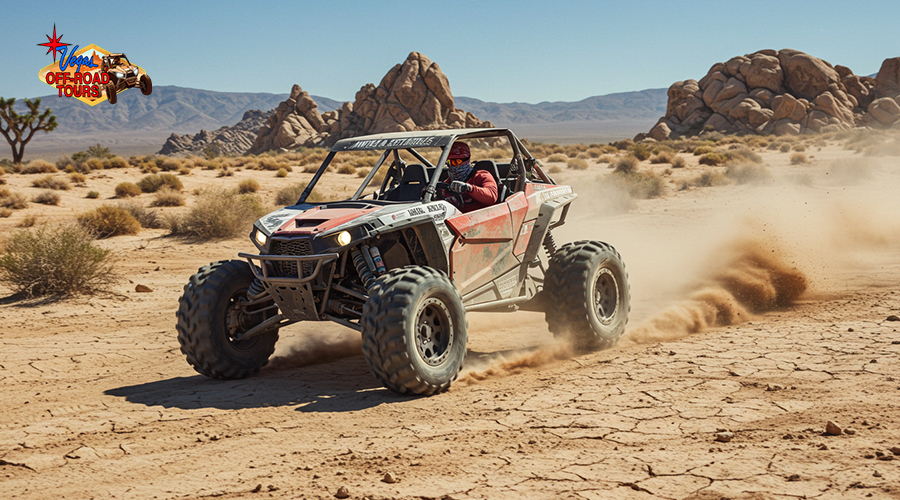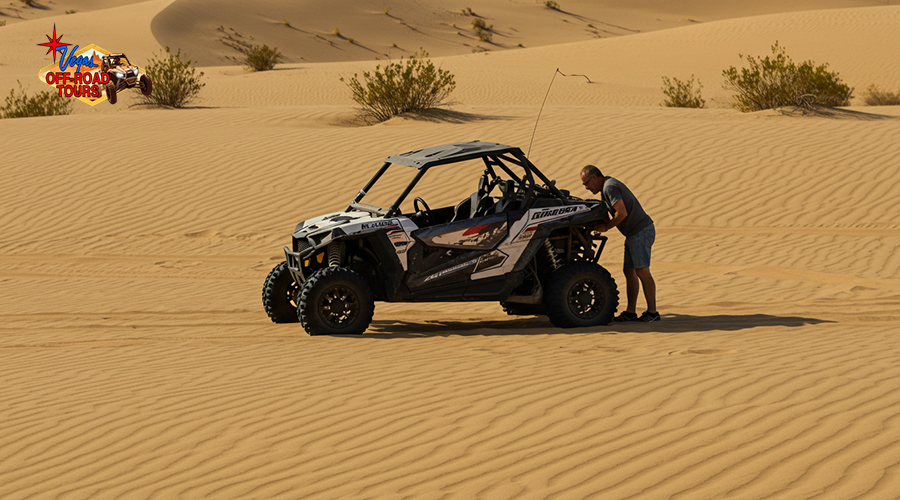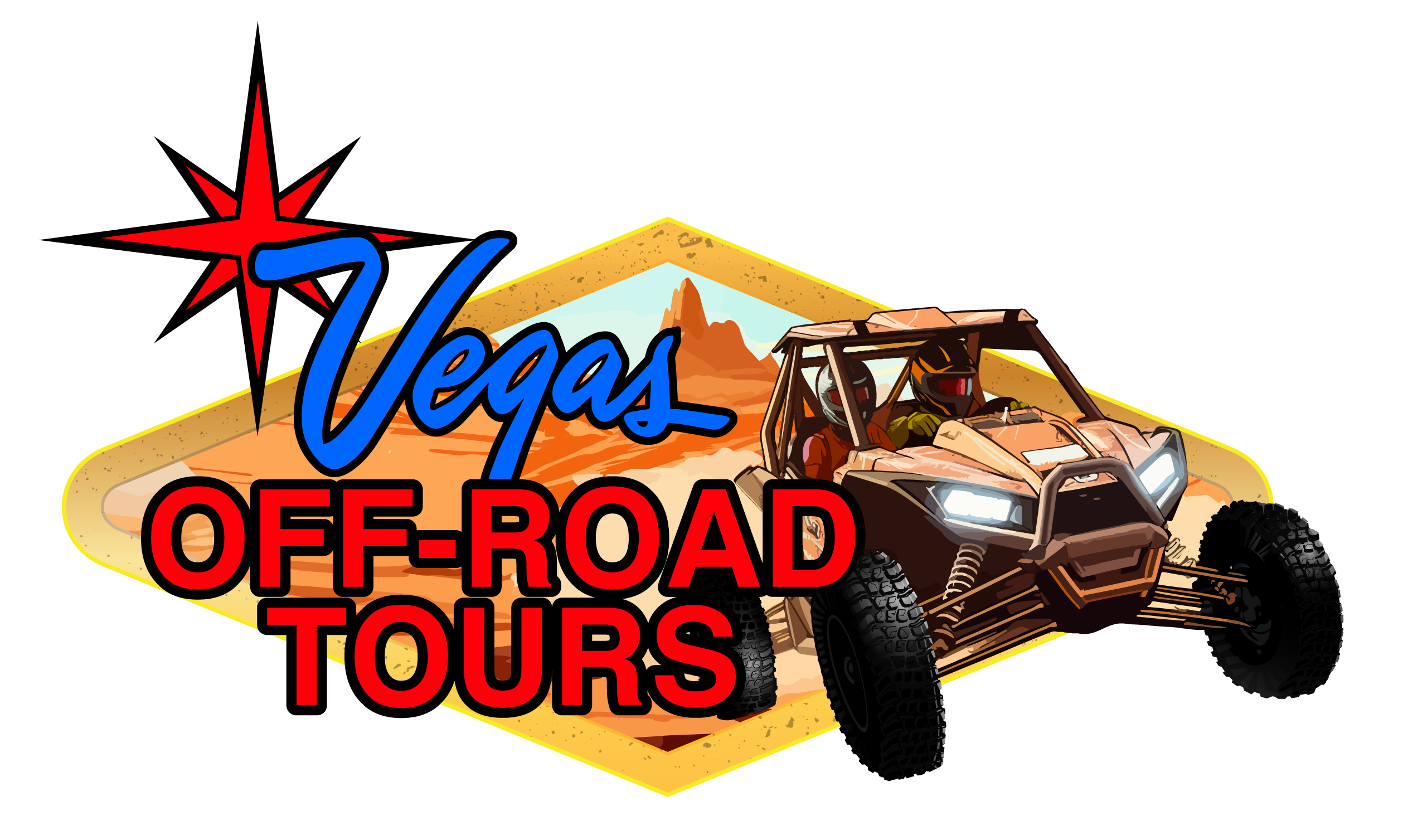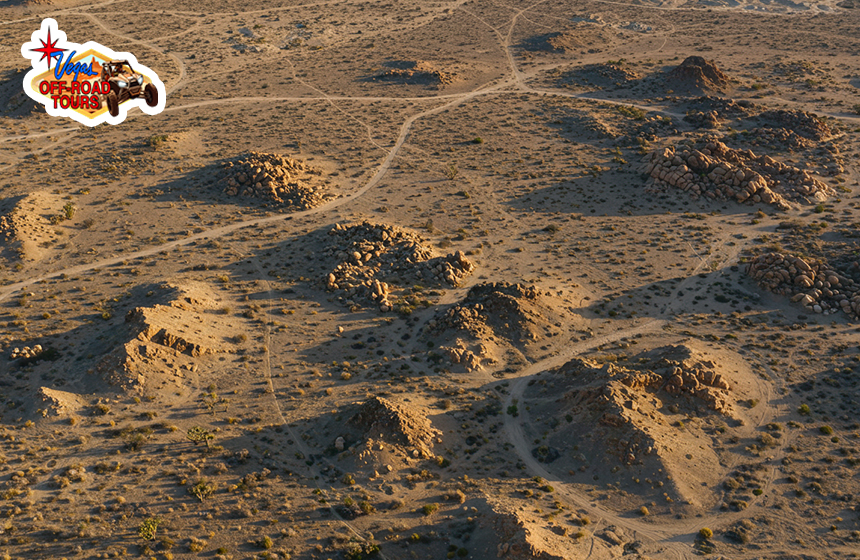Why the Mojave Desert Is the Ultimate Test Ground for Off-Road Gear
The Mojave Desert isn’t just a place of open skies and rocky trails, it’s a natural obstacle course. In its southern stretch, not far from the edges of Las Vegas, is one of the harshest environments for both vehicles, drivers, and Mojave Desert off-road gear. That’s exactly why off-roaders consider it a proving ground.
From brutal heat to jagged rock beds, the conditions in this part of the desert expose every weak point in your gear. Whether you’re riding in a UTV, 4×4 truck, or dual-sport motorcycle, the southern Mojave doesn’t go easy on equipment. It’s a place where only the toughest survive, and that’s what makes it so valuable.
In this blog, we’ll explain why the Mojave is such an extreme environment, what it does to your off-road gear, and why it has become the ultimate real-world test ground for serious off-roaders.
The Harsh Environment of the Southern Mojave
The southern Mojave Desert is no playground. This part of the desert features miles of desert trails, dry lake beds, deep sandy washes, sharp volcanic rock, and narrow desert canyons. The temperature swings can be wild, triple-digit days and cold nights are common, especially in spring and fall.
Temperature Extremes
- Daytime heat can climb above 110°F (43°C), putting strain on engines, tires, and cooling systems.
- Nighttime cold can drop below 40°F (4°C) in desert winters.
- This shift in temperature stresses mechanical parts like belts, seals, and batteries.
Rugged Terrain
The terrain is a mix of hard-packed dirt, loose sand, sharp gravel, and jagged rock ledges. Some trails run across dry lake beds that crack and shift. Others dive into narrow washes where a single mistake can mean a damaged undercarriage or worse.
It’s in these kinds of environments where Mojave Desert off-road gear is either proven, or destroyed.

Why Gear Fails in the Mojave
What makes the southern Mojave such a reliable gear tester is how quickly it reveals problems. Many off-road parts look great in controlled settings but fail fast out here. Here’s why.
Overheating
Long trails with slow, technical sections demand a lot from engines and transmissions. Without proper airflow or upgraded cooling systems, vehicles can overheat quickly. Radiators and fans need to be in top shape. The heat also affects onboard electronics, lighting, and GPS units.
Tire and Suspension Abuse
Sharp rocks and hidden ruts can shred tires, bend rims, and test suspension travel. If your suspension isn’t tuned properly for variable terrain, it will wear out fast, or worse, snap. Even premium parts struggle when pounded for hours on sunbaked ground.
Dust Invasion
GPS systems. Fine sand gets into filters, bearings, and joints. Without proper seals and regular maintenance, even the best gear won’t last long. Air filters clog fast, and dust in the wrong place can ruin an engine.

The Desert Doesn’t Lie
One reason off-roaders love testing gear here is because the desert doesn’t lie. There’s no hiding a weak part in the Mojave. When something works here, it’s going to work almost anywhere.
Real-World Testing
Unlike labs or test tracks, the Mojave offers uncontrolled, unpredictable conditions. Wind, sandstorms, sudden flash floods in dry washes, none of this can be replicated in a factory. That’s why gear that survives here is trusted by serious off-roaders.
True Endurance Riding
Long days on Mojave trails are a physical and mechanical workout. It’s not just about climbing one big rock or blasting across one sand patch. It’s about holding up mile after mile, hour after hour. The Mojave Desert off-road gear that works here is designed for the long haul.
What Makes Good Off-Road Gear in the Mojave?
Not all gear is created equal. The best-performing equipment in the Mojave shares a few important qualities:
Heat Resistance
From engine components to navigation screens, everything needs to function in extreme heat. That means using materials and designs that don’t melt, warp, or glitch.
Strong Suspension & Tires
Your suspension system must handle constant bumps, drops, and sharp impacts. Tires should be tough enough for rocks but flexible enough to grip sand. Reinforced sidewalls and beadlock wheels help in remote areas where tire repair isn’t easy.
Dustproofing
Look for gear with tight seals, high-quality filters, and minimal open connectors. The longer you ride, the more the dust creeps into everything. Smart designs help prevent breakdowns.
Lighting for Night Riding
Because many riders extend their adventure into the night off-roading in Mojave Desert, good lighting is critical. LED light bars, fog lights, and rock lights must hold up against both rough terrain and extreme temperature changes.
If you’re serious about your setup, this region is where you find out what’s real and what’s marketing.
Southern Mojave Trails That Push Gear to the Limit
The southern Mojave is filled with trails that test every piece of your setup:
- Hidden Valley Loops: Long, loose, and sandy, perfect for testing cooling systems and tire grip.
- Nelson Hills Trails: Sharp elevation changes and rocky slopes test suspension strength and wheel travel.
- Jean Dry Lake to Sheep Mountain Pass: Wide-open speed meets sudden rough sections, ideal for checking vehicle stability and durability.
None of these trails are easy. That’s what makes them so useful for testing and refining your gear.
How to Test Your Gear for a Mojave Off-Road Adventure
Before heading into the unforgiving trails of the southern Mojave Desert, it’s smart to test your gear before the desert does it for you. Many failures can be prevented by simply checking your equipment under controlled conditions.
Here’s how to prepare and test your off-road setup before entering the Mojave:
1. Simulate a Full Load
Pack your vehicle with all the gear you plan to bring, including extra water, recovery tools, and spare parts, and drive it over local trails that mimic Mojave terrain (hard-packed dirt, rocks, or sand). This reveals how your suspension, cooling, and tires handle real weight over long distances.
2. Run Heat Stress Checks
Operate your engine at low speeds for extended periods to see how it handles desert-like heat buildup. Watch for overheating signs, check your radiator, and listen for fan engagement. The Mojave’s slow technical trails often lead to heat strain, even on newer vehicles.
3. Inspect and Seal Your Filters
Dust in the Mojave is relentless. Remove, clean, or replace air and cabin filters. Use dielectric grease on electrical connections and inspect all rubber seals. If dust gets in, things fail fast.
4. Night Test Your Lighting Setup
Since many desert riders go out in the evening to avoid daytime heat, test your full lighting setup in the dark. LED light bars, fog lights, and rock lights should be aligned, free of cracks, and resistant to vibration.
5. Practice Tire Repair and Recovery
Before you need it in the desert, know how to fix a flat, use a tire plug kit, or operate your winch. Test recovery straps and shackles in your driveway. Knowing how to recover yourself without cell service can be a lifesaver.
Quick but critical tip: Always tell someone your route and estimated return time before heading into the Mojave. Cell service can vanish fast, and if something goes wrong, having someone aware of your location can make all the difference. And always bring someone with you, never off-road alone, that’s a truth for your own safety.
Lessons from the Desert
If you’ve never taken your gear into the southern Mojave, you haven’t truly tested it. This land teaches riders to be prepared, stay alert, and constantly upgrade their setups. It doesn’t take long to learn the hard way.
You’ll quickly discover:
- Which tires handle the most abuse
- Which lights stay cool and bright
- Which recovery gear holds up after real use
- Which GPS systems still work after 6 hours in dust and heat
This is what makes Mojave Desert off-road gear so trusted in the community, it’s not theoretical. It’s proven by dirt, heat, vibration, and time.
Final Thoughts
For off-roaders, the southern Mojave Desert is more than just a fun ride, it’s a challenge. It’s where machines are pushed to their limits and where weak gear doesn’t last. Whether you’re running a new build or testing upgrades, this landscape gives real answers.
Mojave Desert off-road gear is trusted because it survives a place where most things fail. The heat, terrain, and isolation expose every flaw and reward smart design and tough materials.
If you want to find out what your gear is really made of, there’s no better place to find out than here.



One Comment